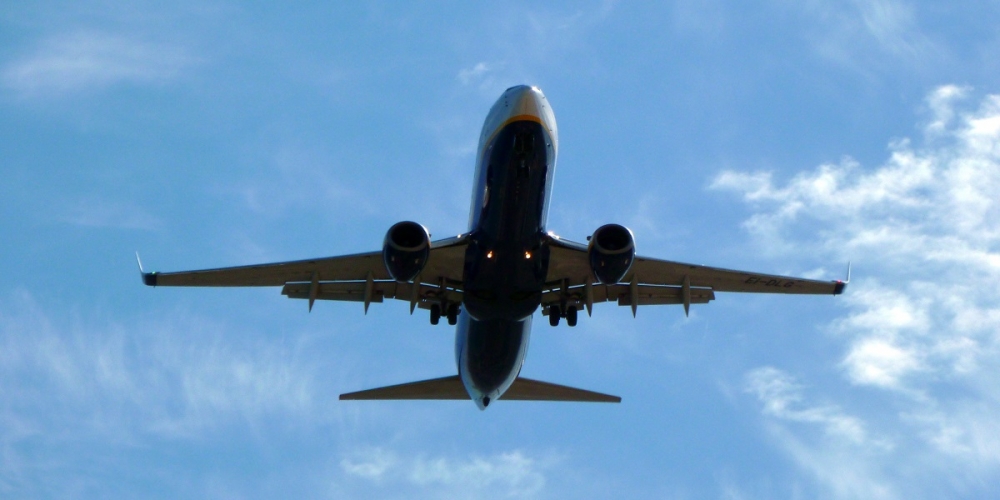The global accident rate for commercial jets ticked up in 2016 but the chances of being in an air crash remained miniscule.
The accident rate for jetliners increased to 0.39 hull losses (where the plane is destroyed) per million flights last year from 0.32 in 2015 and was also above the five-year average of 0.36 losses per million flights.
But this translated to just one major accident for every 2.56 million flights to see aviation retain its mantle as the safest way to travel. By comparison, the US National Oceanic and Atmospheric Administration puts the odds of being struck by lightning in any one year at about one in a million.
Regions to see increases in the jet accident rate included Europe, North America, Latin America and the Caribbean and the Middle East/North Africa.
Those recording a fall were the Asia-Pacific, Africa and the Commonwealth of Independent States (CIS). North Asia recorded its second consecutive year of no hull losses.
The accident rate for all commercial aircraft was 1.61 accidents per million flights, an improvement on 1.79 in 2015, according to figures released Friday by the International Air Transport Association.
The world turboprop hull loss rate improved to 1.15 per million flights from 1.18 in 2015 and remained well below the five-year average of 2.85. Every region except the CIS recorded an improvement.
There were 10 fatal accidents and 268 fatalities among the 3.8 billion travellers taking 40.4 million flights. This was less than the average of 13.4 fatal accidents and 371 fatalities per year across the previous five years.
For IATA’s 256 member airlines, the jet hull loss rate of 0.35 was better than the global average but a deterioration of the 0.22 figure achieved in 2015.
“The number of total accidents, fatal accidents and fatalities all declined versus the five-year average, showing that aviation continues to become safer,’’ IATA director general Alexandre de Juniac said.
“ We did take a step back on some key parameters from the exceptional performance of 2015; however, flying is still the safest form of long distance travel. And safety remains the top priority of all involved in aviation. The goal is for every flight to depart and arrive without incident. And every accident redoubles our efforts to achieve that."
Aviation authorities have worked hard to reduce the accident rate over recent decades to keep a lid on the number of accidents. They are aware that even if they manage to keep the rate stable the steady increase in the number of flights will see the number of accidents rise.
Initiatives to reduce the rate included requiring all member airlines to take a standardised global audit called IOSA and programs targeting accident black spots such as Africa and the CIS, both of which enjoyed an accident-free year for jets in 2016.
The overall accident rate for Africa was 2.3 per million departures compared to 9.73 for the previous five years with continuing improvement in turboprop safety.
The accident rate for IOSA members, 1.25 hull losses per million flights, was nearly twice as good as for non-IOSA airlines and three times better than over the previous five years.
IATA said the industry was continuing to target areas such as loss of control in flight, controlled flight into terrain and runway excursions that data show will have the biggest impact on reducing accident risks.
























